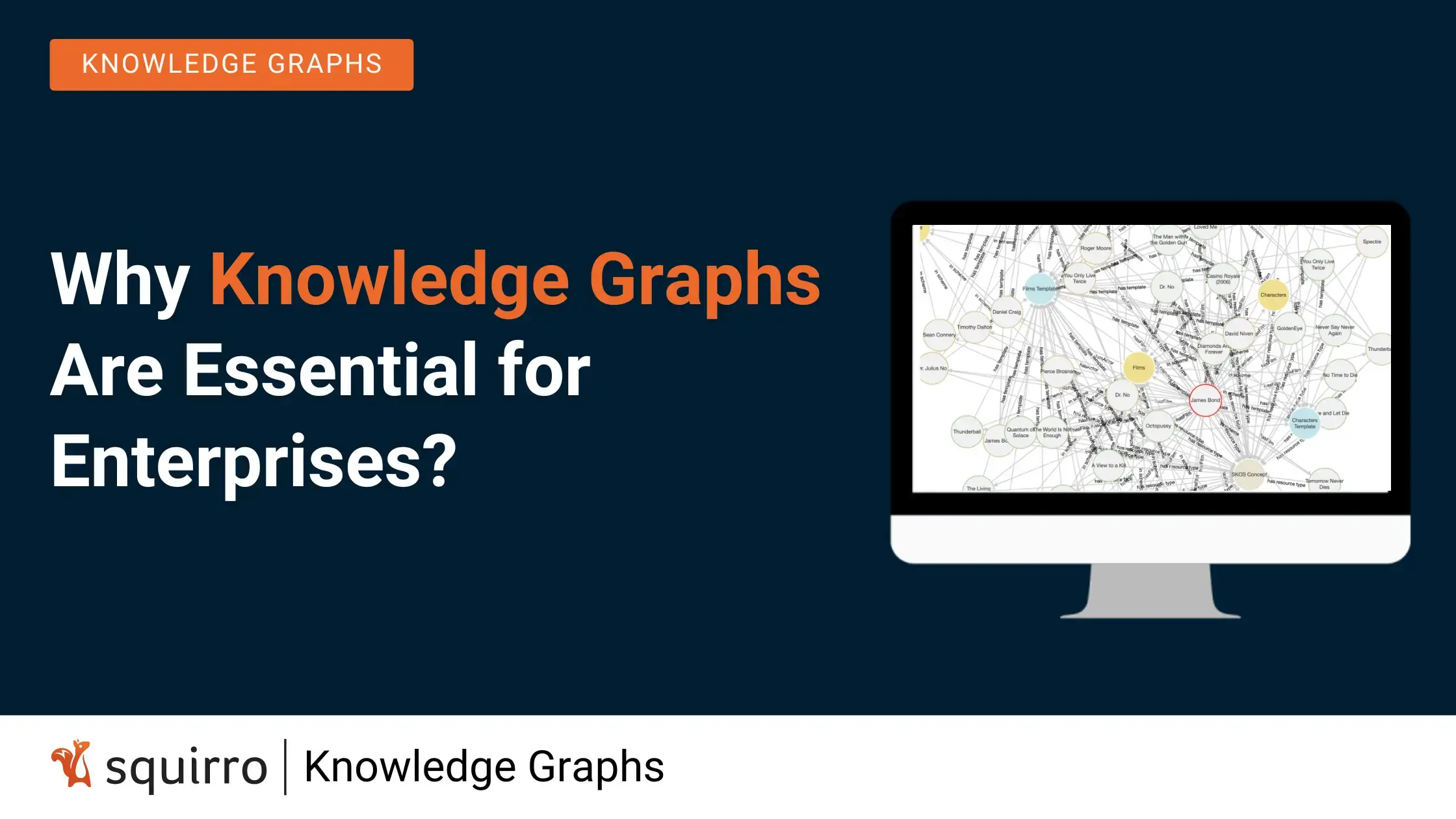The Gartner 2024 Hype Cycle for Artificial Intelligence was released last week. This report is a key resource in the tech world, mapping out the maturity and adoption phases of AI technologies. Each year, Gartner releases hype cycles for various fields like cybersecurity, cloud computing, and more.
It highlights emerging trends, potential applications, and the expected timeline for mainstream adoption of AI innovations.
Most AI technologies are expected to go through the "Trough of Disillusionment," a phase where initial hype and inflated expectations give way to more measured and realistic assessments. For generative AI, this shift reflects an acknowledgment of the limitations and challenges around applications at scale, including ethical and privacy implications. As McKinsey, highlights, just 11 percent of companies have adopted generative AI at scale.
But one standout in this year's Hype Cycle is the pivotal position of knowledge graphs. Positioned on the "Slope of Enlightenment," enterprise knowledge graphs are increasingly understood for their benefits to the bisiness, leading to more pilot projects. They are recognized as critical enablers for effectively applying generative AI in enterprise environments.
So, What Makes Enterprise Knowledge Graphs Important in 2024?
A knowledge graph is a knowledge base that uses a graph-structured data model to represent and integrate information about entities (objects, events, situations, or concepts) and their relationships. It captures key entities in a domain and their interrelationships by organizing them in a graph structure with nodes (entities) and edges (relationships).
%20(1).webp?width=1488&height=982&name=1718975115551%20(1)%20(1).webp)
In this example, the knowledge graph serves as the practical application of the James Bond ontology. It includes real data about the movies, characters, and other details, using specific instances and data. This application applies the ontological model to real-world information.
Knowledge Graphs, integrated with generative AI, hold massive potential for driving business value. They provide efficient data management and enhanced decision-making capabilities, ensuring organizations are well-equipped to navigate the complexities of modern data landscapes.
Concrete Examples of Enterprise Knowledge Graphs
Let’s discuss an example: we spoke with a mobile telecom company. They frequently launch new product names for the same basic mobile plan. One is called Safe Plus, the next Safe Plus + One. Then we have Talk Cheap, followed by Talk Cheap Unlimited. And if you’re talking about technology back-ends, this multiplicity of naming becomes even more complicated: you have Cisco router 5EF-B, Cisco router 5EF-C, etc.
This is where structured data is so powerful for organizing varied and complex information. When you combine structured data with LLMs, you get Retrieval Augmented Generation (RAG), creating a transformative stack. You can immediately transform the entire customer support system. You solve the complexity of change - you can reorganize the whole business process in an efficient way.
Knowledge graphs can also help financial institutions model and analyze complex relationships between entities like companies, transactions, and regulations. This helps identify potential risks and compliance violations, enabling proactive mitigation measures.
In retail, dealing with a vast array of products with complex relationships—such as suppliers, market trends, and consumer demand patterns—a knowledge graph can model these interconnected entities and their properties to assist with price forecasting. Nodes represent individual products with attributes like category, brand, specifications, and historical sales data, while edges capture relationships like product complementarity, substitutes, and product lines.
In this way, enterprise knowledge graphs can be combined with unstructured data (news, reports, etc.) to ensure a smooth transition from unstructured to structured data, enabling the identification of patterns, trends, and predictions.
Fusion of Retrieval Augmented Generation and Knowledge Graphs for More Accuracy and Robustness
%20(1).webp?width=810&height=667&name=1719229922392%20(1)%20(1).webp)
LinkedIn engineers recently revealed in a paper: "Retrieval Augmented Generation with Knowledge Graphs for Customer Service Question Answering" how they combine RAG with knowledge graphs to enhance retrieval accuracy and answer quality in their customer service.
This method has greatly improved customer service question answering, providing more factual and grounded responses. An additional benefit has been the reduction of the median per-issue resolution time by 28.6%.
At Squirro, we are combining these two technologies for our customers across various applications, as mentioned in this article. We scale this for the most regulated industries, improving knowledge management accuracy, risk management scenarios, and customer service support, where accuracy and precision is essential.
Want to Discover Our Use Cases?







